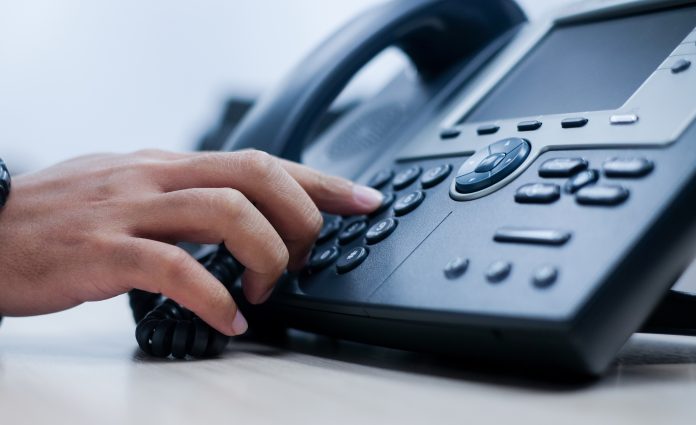Nearly two million elderly and disabled people in the UK who rely on lifesaving personal alarms will be better protected during the transition from analogue to digital landlines
The UK government has reached an agreement with telecoms companies to introduce additional safeguards, ensuring that vulnerable individuals are not left without vital support when their home phone lines are upgraded analogue to digital landlines.
Ensuring personal alarms work properly
This includes a requirement for telecom providers to send engineers to test personal alarms and ensure they continue to function properly after a customer’s phone line is switched from analogue to digital landlines.
Personal alarms, also known as telecare devices, are important for many elderly, disabled, and isolated people who depend on them to call for help in emergencies. These alarms are connected to landline phone networks, which are being phased out as part of the nationwide digital switchover. As part of the new measures, telecoms companies will be required to perform a safety check of these devices before completing any upgrade to a household’s phone line.
Contacting emergency services
As well as testing personal alarms, telecoms companies will be asked to offer enhanced battery backup solutions. This will make sure that vulnerable customers can still access emergency services, even in the event of a power outage. This comes after concerns were raised about the potential risks of losing phone connectivity, which could endanger the most vulnerable members of society during the migration to digital networks.
The digital switchover is a key part of modernising the UK’s outdated telecommunications infrastructure. The old copper wire technology that has powered traditional landlines is becoming increasingly unreliable, with many of its parts no longer available.
As the country moves to an all-digital phone network, ensuring that telecare services remain operational is a key priority for the government and telecoms companies.
To mitigate the risk of service disruption, telecoms providers will begin the migration process on a smaller scale, initially focusing on a limited number of customers before rolling out upgrades more widely. This phased approach is designed to prevent accidental disconnections and ensure that vulnerable customers are properly supported throughout the transition.
Telecare companies safeguarding users
They will work closely with telecoms providers to ensure that no customer is moved to the digital network unless their telecare device is compatible and functioning correctly.
The government has committed to publishing a national action plan later this year, which will outline further steps for protecting telecare users during the digital landline switchover.
The government has also worked with telecoms companies that provide services to critical national infrastructure, such as water and energy providers.











